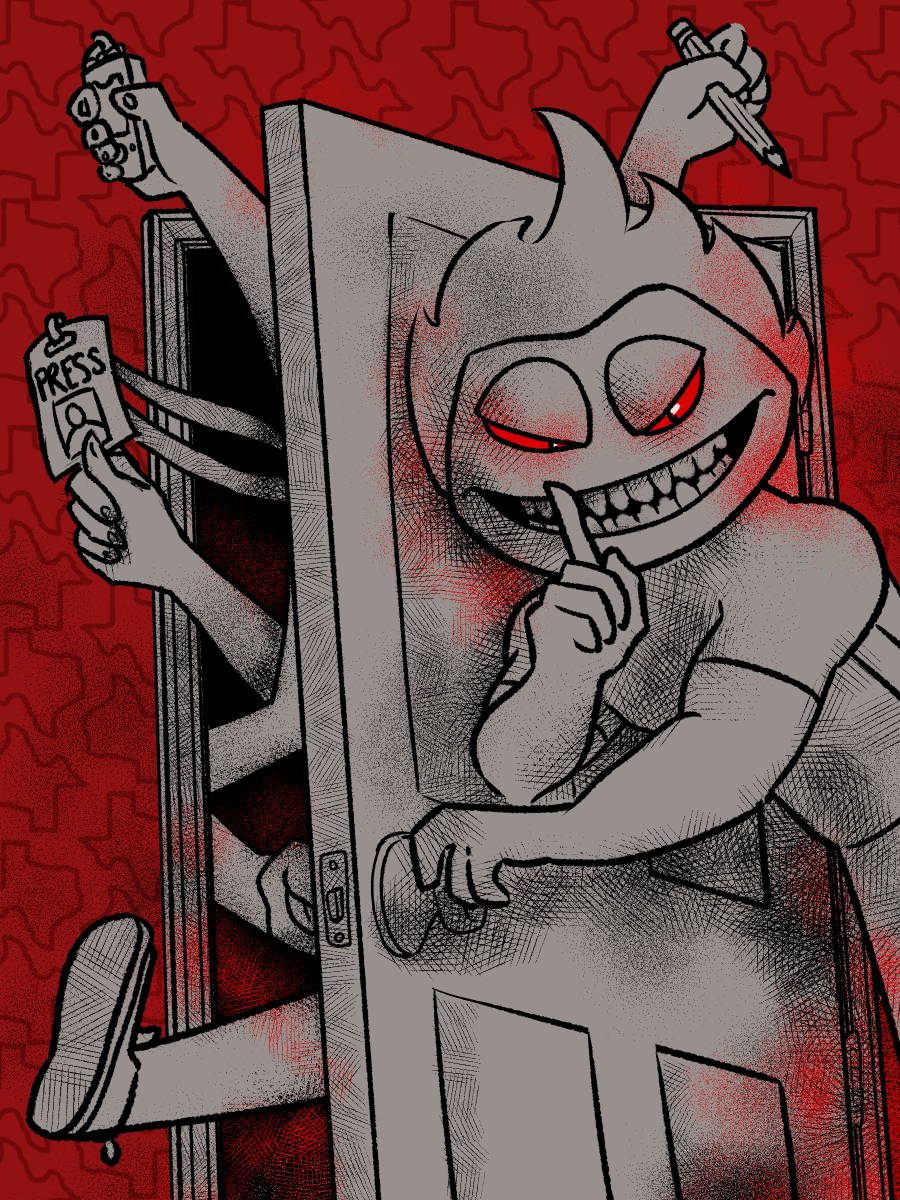How important is public transit to you? At UTD, we have a large population of students — international students and local residents alike — who do not have cars but need to get around. Their solution? The 100 miles of light rail track and the vast network of busses provided by the Dallas Area Rapid Transit. DART’s latest project, named the Cotton Belt Rail Line, is a rail network that will connect Plano to the Dallas/Fort Worth Airport. This rail line, although expensive, is a much-needed infrastructure project for the metroplex as it will open up new transit routes, allow passengers to travel around the metroplex far more efficiently and will very likely pave the way for further developments.
The rail line is expected to be a faster way to transport passengers through the metroplex. Currently, DART does not have a straight east-west light rail corridor, so it would be a needed addition to get to DFW. As of now, if a UTD student wished to travel between the Cityline/Bush station and DFW Airport, the trip would take an average of 1.5 hours, whereas Love Field would take 45 minutes. These figures are based on Orange Line timetables and also consider the fact that the train is already at the platform at Cityline/Bush. Current projections show that the average travel time between Cityline/Bush station and DFW Airport via the Cotton Belt line would be at least one hour at its slowest. One thing to keep in mind is the fact that the rail line will not cross through Dallas Love Field, so passengers will still have to utilize current DART infrastructure to catch their Southwest Airlines flight.
This rail line will change the heavy car culture that has been ingrained in our society for generations. Many transit riders are stuck to the north-south thoroughfares that the current DART system covers. By introducing another rail line that would traverse the metroplex east-west, users who are heavily car-dependent will get a chance to try a new form of transportation due to the fact that this line will be going through areas that currently do not have rail. Aside from that, light rail is more cost effective when it comes to cost of transport versus paying for gas for an average day’s commute. DART currently already has a fair capping promotion for frequent riders, as well as discounted monthly passes, and as a UTD student, you can get a transit pass for free.
The cost of the proposed Cotton Belt line is projected to be a hefty $1.1 billion. However, students at UTD and those who depend on public transit would agree that this is a no-brainer. Yes, $1.1 billion is not a small amount of money, but there is more than just a convenience benefit with this rail line. A commuter rail network requires the track, stations, transit centers and new infrastructure to support it. Take Cityline/Bush station, for example. When DART constructed the Red Line in the late 1990s, there was no sign of development — it was just a transit station surrounded by fields. Look at that very same station today. State Farm has a large office campus as part of the CityLine development, which also features hotels, retail outlets and plenty of dining options. There’s no reason why the same potential for development can’t happen in places such as Carrollton, Farmers Branch and Coppell — principal cities along the Cotton Belt line.
The area around UTD — specifically, the area between Synergy Park Boulevard and Waterview Parkway — will benefit from enhanced economic and infrastructure development with this rail line. DART has a plan to construct the UTD/Synergy Park station, which will be placed directly behind Northside. Currently, that area is already developed with retail and high-density residential development, so having a rail line as part of this development will definitely help students and residents in the area. The steep price tag of the Cotton Belt line may deter many taxpayers, but this is definitely an investment that will quickly pay off in spades for DART, UTD and the entire Dallas/Fort Worth area.





